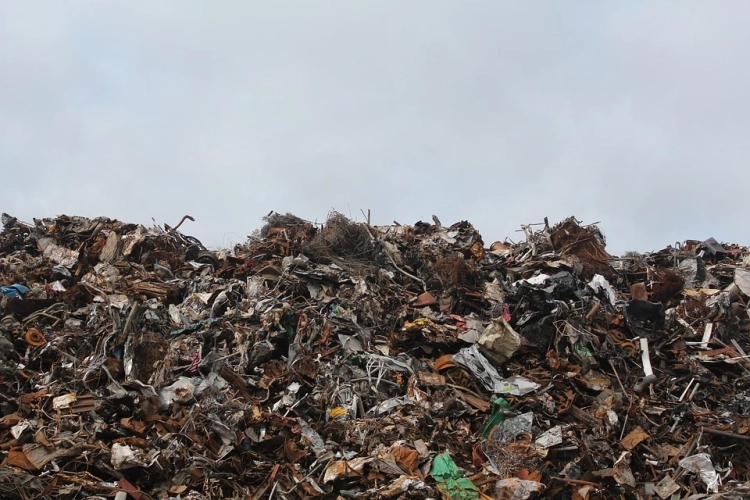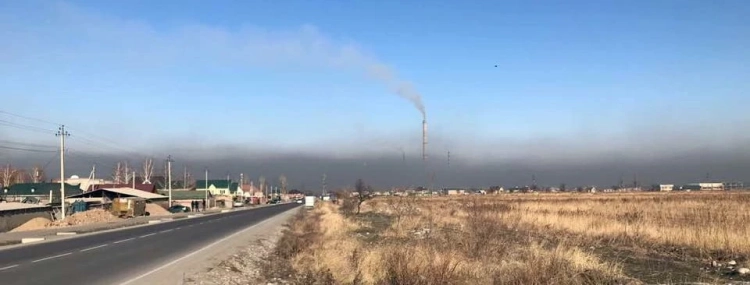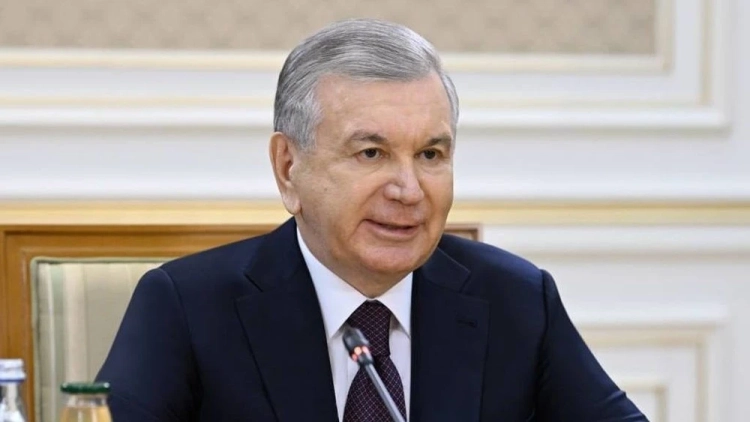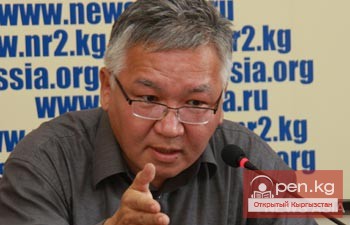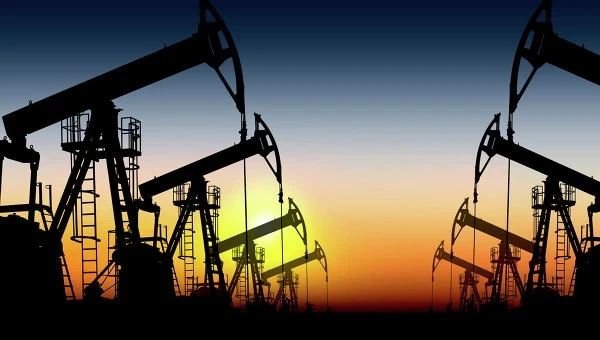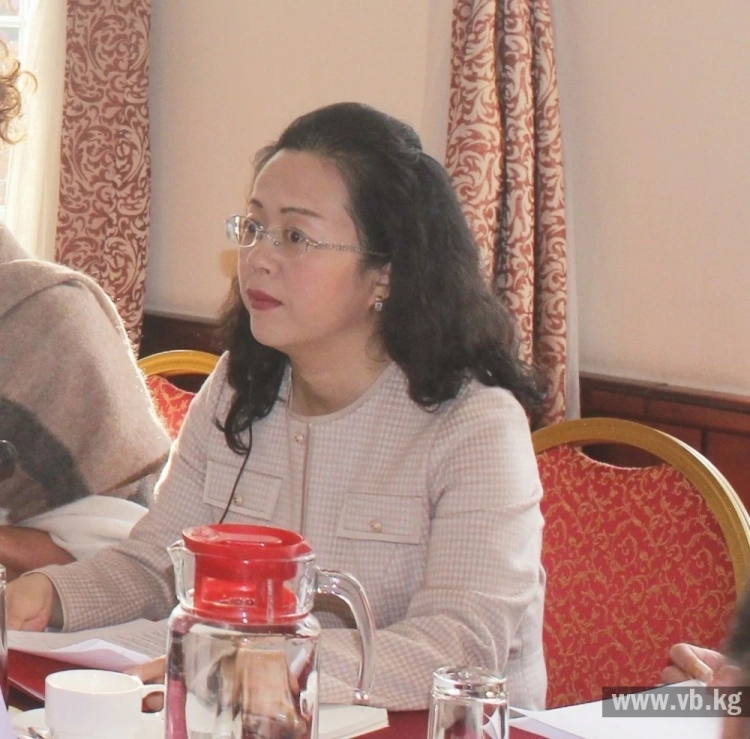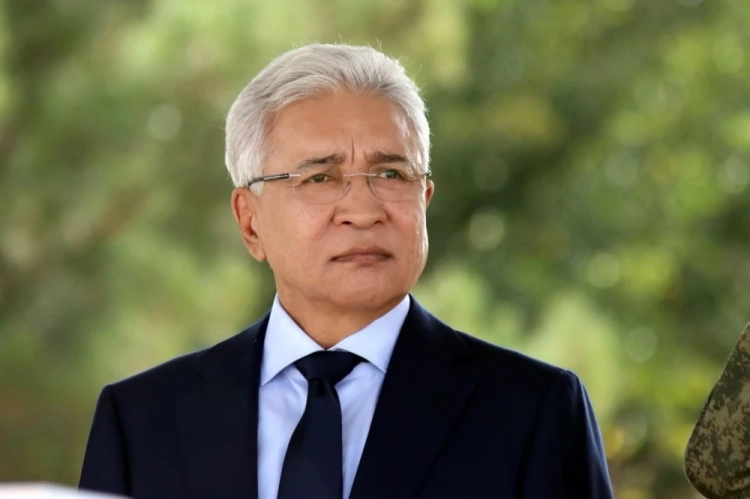The waste management situation in Tajikistan remains critical. In the country's poorest region, there is no comprehensive waste disposal system. Waste sorting is virtually non-existent, and recycling is primarily carried out by private initiatives. Officially, there are more than 70 landfills for solid household waste in Tajikistan, but none of them meet modern standards, notes independent ecologist Timur Idrisov from Dushanbe.
“Separate waste collection is not practiced in the country: all waste is thrown into one container. Nevertheless, there are small recycling enterprises in the country that are trying to recycle plastic and metal,” he adds.
According to Idrisov, despite the occasional promises from the authorities, the waste management problem has remained unchanged for decades. At a recent meeting with representatives of the Committee for Environmental Protection, President Emomali Rahmon stated that more than 2 million tons of household waste are generated in the country annually, and the area of landfills exceeds 300 hectares. He emphasized the need to build waste recycling plants in every region.
An anonymous employee of the State Committee for Environmental Protection reported that after the meeting with the president, a National Waste Management Strategy until 2040 was developed, which will soon be presented to the government. The strategy includes two main directions: the principle of "zero waste in landfills" and the disposal of non-recyclable waste with energy recovery through Waste to Energy technology.
As noted by the Committee representative, “waste disposal can be carried out in a controlled manner using modern technologies. This requires the restoration of land contaminated with waste and the creation of an effective sorting system.” A reform of the waste management system will also be necessary, including the possible privatization of collection points.
Timur Idrisov emphasizes that the priority should not only be managing existing waste but also preventing its accumulation. This includes a refusal of single-use products and a transition to reusable packaging. The second stage involves sorting and recycling, which requires the implementation of a separate collection system and the development of recycling infrastructure.
“An effective waste management system should minimize waste incineration. It is necessary to reduce packaging volume and find alternatives for materials that cannot be recycled,” he added. A comprehensive approach is also important, including public education and the implementation of economic measures such as deposit costs for containers.
In Kazakhstan, a producer responsibility mechanism (PRM) was launched in 2016, which stipulated that companies must pay for the disposal of their products. Laura Malikova, chairwoman of the Association of Practicing Ecologists, notes that since the introduction of this scheme, the share of packaging recycling has increased from 2.6% to 21%, but after political changes in 2022, the system was suspended.
“After the protests and political changes, the PRM was rolled back, and many recyclers closed down. In Astana, the recycling share dropped back to the previous 2.6%,” she says.
Currently, waste collection companies depend on tariffs from the population, which are insufficient to maintain the infrastructure. The situation at landfills in Kazakhstan remains critical: of nearly 3000 dumps, only one meets sanitary standards. A recent fire near Almaty demonstrated that many landfills continue to illegally burn waste.
WASTE INCINERATION: A SOLUTION OR A DETERIORATION OF THE PROBLEM?
Vladislav Ushakov from Kyrgyzstan, an eco-activist and initiator of the interactive map ecomap.kg, points out the common problems faced by Central Asian countries: overcrowded landfills, lack of separate collection, and a shortage of effective solutions.
“The problems are the same: overcrowded dumps and weak infrastructure. I am skeptical about plastic recycling, as it cannot be recycled multiple times and ultimately ends up in a landfill,” he says.
The authorities of Kyrgyzstan plan to open a waste incineration plant in Bishkek, which will be able to process up to 1000 tons of waste per day. “Construction is 80% complete. I hope similar facilities will also be built in other regions,” Ushakov adds.
However, he believes that incineration, despite environmental risks, remains the most effective solution at the moment. “In Japan, waste incineration plants are located in the center of cities and do not pose a health threat due to reliable technologies,” he emphasizes.
FROM DUMP TO ENERGY GENERATION FACILITIES
Uzbekistan is also focusing on the construction of waste incineration plants, implementing Waste to Energy technology. The project, costing $1.28 billion, covers 11 regions and plans to incinerate up to 4.7 million tons of waste per year, producing 2.1 billion kWh of electricity.
In Uzbekistan, more than 10 million tons of waste are generated annually, of which only about 4.2% is recycled. Ecologist Sobirkhon Mashrabov believes that building waste incineration plants will not only reduce the number of landfills but also allow for electricity generation.
Kazakhstan, where more than 4.5 million tons of waste are generated each year, is also considering the construction of waste incineration plants, looking to European experience. However, journalist Olga Likhogray emphasizes that the level of control and purification in Kazakhstan is significantly lower than in Europe.
“In Europe, waste sorting is a priority. In Kazakhstan, there is still no basic separate collection system,” she says.
“Until Kazakhstan establishes at least a basic sorting system, it is premature to talk about clean and safe waste incineration,” Likhogray concludes.
The waste recycling situation in Kazakhstan and Uzbekistan remains complex. In Uzbekistan, about 300 enterprises are engaged in waste collection and disposal, but there is virtually no sorting system. In Kazakhstan, there are successful examples of recycling, but the overall situation requires improvements.
In northern Kazakhstan, a plant for recycling used tires operates, converting old rubber into quality materials for playgrounds, but support for such projects is very limited.

